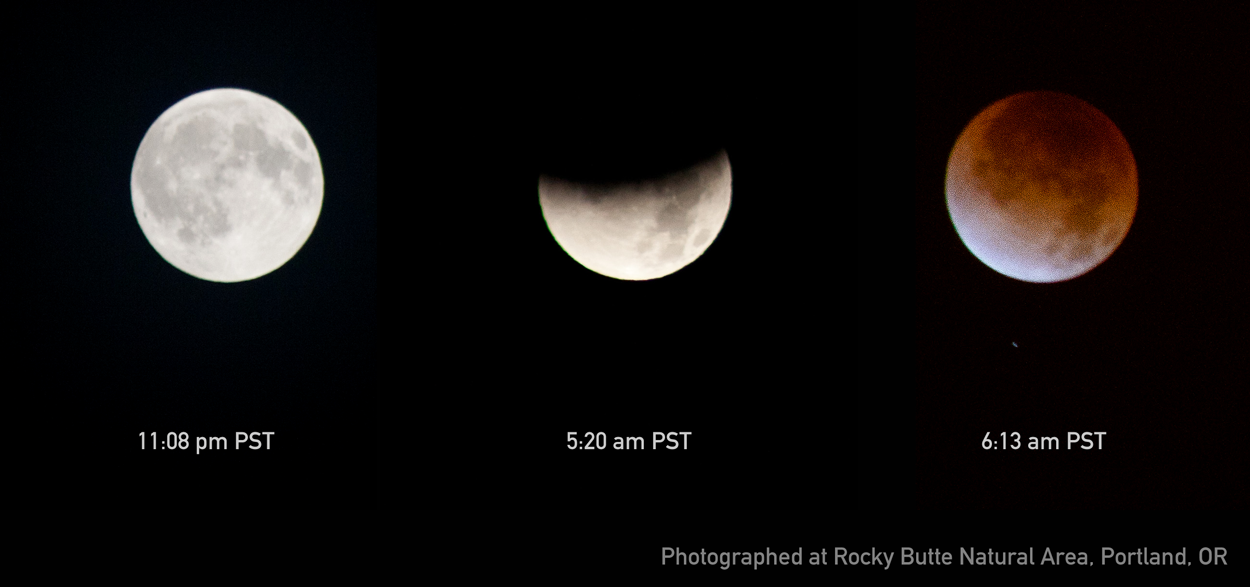Our Night Sky When We Collide With Andromeda
In the photos above in order:
— Present day
— 2 Billion years from now the of the approaching Andromeda galaxy is noticeably larger
— 3.75 Billion years, Andromeda fills the field of view
— 3.85 Billion years, the sky is ablaze with new star formation
— 3.9 Billion years, star formation continues
— 4 Billion years, Milky Way is warped and Andromeda is tidally stretched
— 5.1 Billion years, cores of both galaxies appear as a pair of globes
— 7 Billion years, the cores have merged, the bright core dominates the night skyHere is an animation of the collision
In around 4 billion years our galaxy, The Milky Way, will collide with our neighbor galaxy Andromeda or M31. You might think this will be a catastrophic event for everything in the galaxy »
2 Hasselblad’s, with lenses. (FREE!)
When the astronauts took off from the moon, they left all heavy equipment behind, and there were two Hasselblad camera bodies and lenses among the lunar module’s abandoned landing gear, the astronauts’ outer shoes, moon overalls etc.
NASA should start making craigslist ads to let people know fascinating stories like this.
The huge clouds of matter thrown out a century and a half ago, known as the Homunculus Nebula, have been a regular target for Hubble since its launch in 1990. This image, taken with the Advanced Camera for Surveys High Resolution Channel is the most detailed yet, and shows how the material from the star was not thrown out in a uniform manner, but forms a huge dumbbell shape.
This image consists of ultraviolet and visible light images from the High Resolution Channel of Hubble’s Advanced Camera for Surveys. The field of view is approximately 30 arcseconds across.
Epic Time-Lapse Escape: The Stars From Orbit
We’ve seen plenty of GIFs and time-lapses of stars and #starporn, but none precisely like this. It seems like Earth is often the star, instead of the stars themselves.
Nice to see that change. Full screen, HD, enjoy 🙂
Beautiful, beautiful video for a Sunday morning.
Eclipse Shots From Rocky Butte
Three shots from last nights eclipse at the Rocky Butte Natural Area in Portland.
